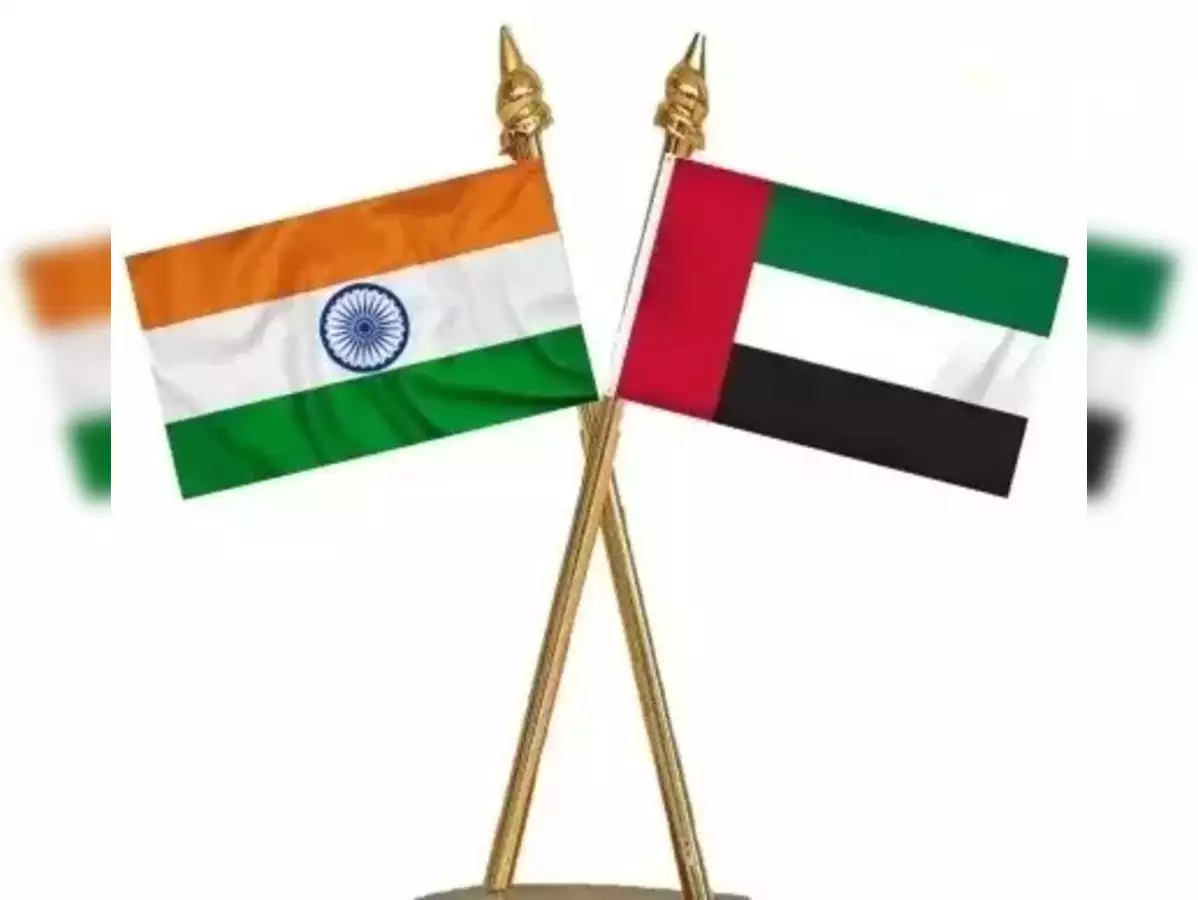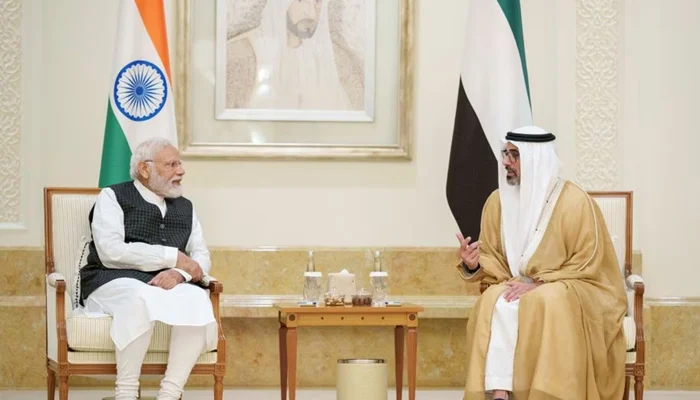Introduction:
India and the United Arab Emirates (UAE) have taken a significant step towards enhancing bilateral trade and economic cooperation by signing a historic agreement to promote trade in local currencies. The agreement, signed during Indian Prime Minister Narendra Modi’s visit to the UAE, aims to facilitate direct trade transactions using the Indian Rupee (INR) and the Emirati Dirham (AED). This move is expected to reduce dependence on foreign currencies and foster stronger economic ties between the two nations. This article explores the implications of the agreement, its potential benefits, and the future prospects of trade in local currencies between India and the UAE.
Key Highlights:
- Bilateral Trade Boost: The agreement is expected to enhance bilateral trade by simplifying and expediting trade transactions between India and the UAE. By enabling direct currency conversion, businesses will have greater flexibility and reduced costs when conducting cross-border trade.
- Strengthening Economic Ties: Trade in local currencies signifies a deeper level of economic cooperation between India and the UAE. It reflects the mutual confidence in each other’s currencies and the desire to promote stronger economic partnerships. This move can pave the way for increased investments and business collaborations between the two countries.
- Reducing Foreign Exchange Risks: One of the key benefits of trading in local currencies is the reduction in foreign exchange risks. Businesses will be able to minimize currency fluctuations and the associated hedging costs. This provides greater stability and predictability in trade transactions, fostering a conducive environment for investment and growth.

- Boosting SMEs and Micro-enterprises: Small and Medium-sized Enterprises (SMEs) and micro-enterprises often face challenges in international trade due to limited access to foreign currencies and higher transaction costs. The agreement to trade in local currencies will provide these businesses with easier access to the Indian and Emirati markets, enabling them to expand their trade activities.
- Enhancing Payment Systems: The agreement also includes plans to link India’s Unified Payments Interface (UPI) with the UAE’s payment platform. This integration will facilitate seamless cross-border transactions, allowing individuals and businesses to make instant and secure payments using their respective local currencies.
- Promoting Financial Inclusion: The move towards trade in local currencies aligns with the vision of financial inclusion. It opens up opportunities for individuals and businesses that were previously excluded from international trade due to currency constraints. This inclusivity will support economic growth, job creation, and shared prosperity.
- Expanding Economic Cooperation: The agreement between India and the UAE is part of a broader effort to deepen economic cooperation. Both countries have expressed their commitment to explore new avenues of collaboration, including investments in sectors such as infrastructure, renewable energy, technology, and healthcare. The trade-in local currencies serves as a foundation for further expansion in these areas.
Conclusion:
The agreement between India and the UAE to promote trade in local currencies marks a significant milestone in their bilateral relationship. By reducing dependence on foreign currencies, the two nations aim to enhance economic ties, facilitate smoother trade transactions, and provide a boost to businesses, particularly SMEs and micro-enterprises. This move reflects the growing confidence in the Indian Rupee and the Emirati Dirham, paving the way for increased investments, cross-border collaborations, and shared prosperity. As the implementation of this agreement progresses, it is expected to unlock new opportunities and strengthen the economic partnership between India and the UAE in the years to come.













